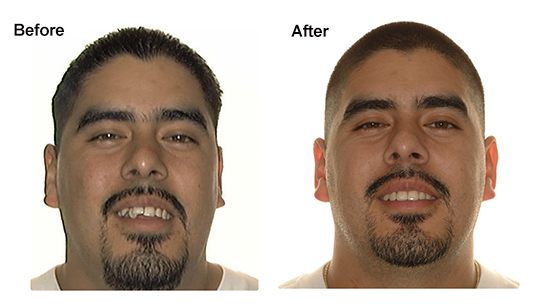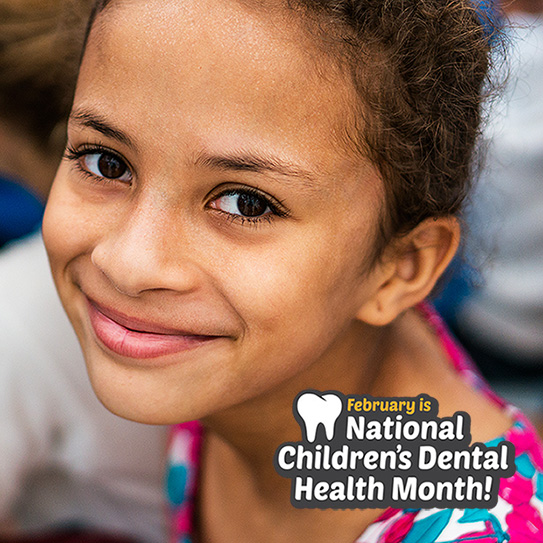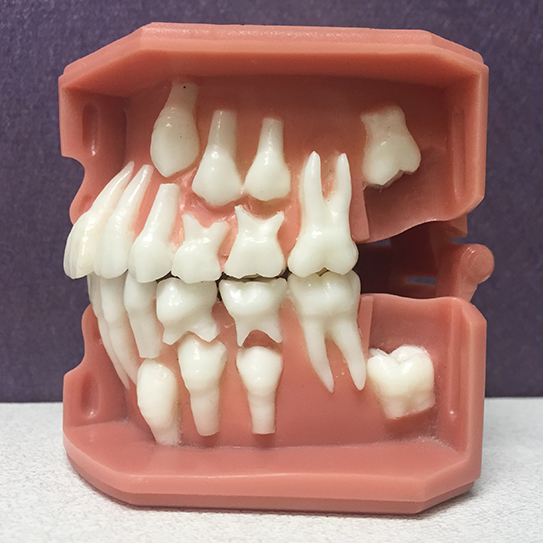Is It Possible To Over-Brush While You Have Braces?
March 23rd, 2018

HAVE YOU EVER had a sip of ice water and experienced a sudden, sharp pain in your teeth? You’re not alone. One in eight people experiences tooth sensitivity—the kind of sensitivity that isn’t due to a problem such as a cavity, and has nothing to do with braces. So what’s causing it? Surprisingly, one of the most common causes of tooth sensitivity is brushing with too much force.
While you’re undergoing orthodontic treatment, it’s more important than ever to brush! However, don’t interpret that as a recommendation to brush more aggressively. There’s a better way to be effective.
How Could Brushing Hurt?
Over-brushing is problematic because it wears down the protective layers of your tooth enamel. It can also push back your gums, exposing the dentin layer under the enamel even more. This dentin layer has microscopic tubes or canals that lead to your tooth’s nerves. If these tubes are exposed to hot, cold, or even acidic foods it can lead to discomfort and tooth sensitivity.
Brushing too hard, especially at the corners of your dental arch, with a back and forth “saw action” may lead to gingival recession (gum recession, or receding gum height) especially over the canine tooth roots. This is one dental health problem we would like to avoid.
Tips For Better Brushing:
- Watch which direction bristles face when you brush. They should be perpendicular, not parallel.
- Hold your toothbrush loosely, like a pencil.
- Use soft, round motions to brush. Don’t saw back and forth.
- Use soft or extra-soft bristled brushes. Brush softly! Apply just enough pressure to feel the bristles against your gums.
- Braces may be hard on your toothbrush—replace it when you notice frayed and bent bristles.
Put In The Time
When it comes to cleaning teeth, elbow grease doesn’t do the trick. Consider this mantra: brush smarter, not harder. When regularly brushing, the plaque you’re trying to get rid of is fairly soft and can easily be brushed away with a soft brush.
During the two minutes you’re brushing it’s good to be thorough, but there’s no need to scrub the same areas over and over again.
Questions?
Are you experiencing tooth sensitivity? Over-brushing isn’t the only possible cause. Some orthodontic patients may have exposed roots due to shifting teeth, not over brushing. If you are experiencing discomfort, ask us about it at your next appointment.
You can also leave a question below, or you can ask a private question on our Facebook page.



















